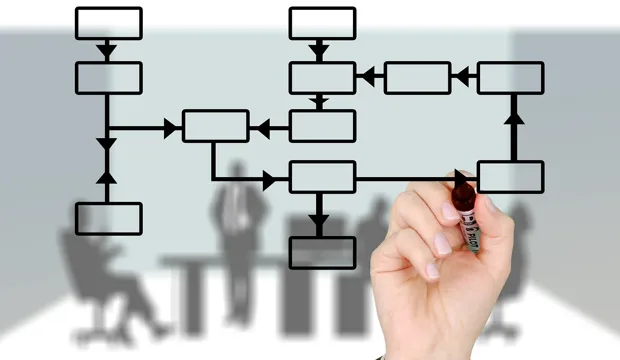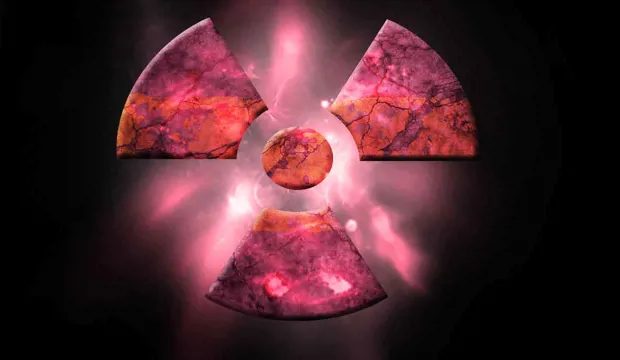
Design fault detectors using the area of circles
Organising mathematical information to choose the optimum size for a 'fault detector' coil
In this activity students will calculate the area of a circle to design a fault detector system.
They’ll use a GeoGebra file to measure the size of the defect in hot steel bars produced by the company. They’ll then have to organise the information they receive into an understandable table.
This is one of a set of resources developed to aid the teaching of the secondary national curriculum, particularly KS3, supporting the teaching in mathematics.
Activity: Organising mathematical information to choose the optimum size for a 'fault detector' coil
In this lesson students will engage in a roleplay activity that uses mathematical calculations to figure out the ideal size for a fault detection coil.
A company has invented a system to find defects in hot steel bars. The hot cylindrical bar must pass through a defect detector which is shaped like a ring. To work properly the bar must fill between 60 to 80% of the area inside the detector ring.
The activity starts with a warm-up question related to circles and percentages to introduce the concept of fault detectors used in factories, where students can check their answers with the fault detectors GeoGebra file.
Then, students will need to use reasoning to work out a more challenging problem related to fault detector design. Students will use the same GeoGebra file but they’ll need to work out how to organise the given information to answer the question.
Download our activity overview and presentation for a detailed lesson plan and worksheet with answers on making fault detectors using the area of a circle.
The engineering context
Engineers rely on fault detectors as an essential tool in various manufacturing processes to guarantee the quality of their products. To ensure the safety and dependability of products, engineers must carefully design fault detectors capable of precisely identifying any imperfections or defects.
Suggested learning outcomes
Working with both diameter and radius, students will be able to use a formula to calculate the area of a circle. They'll also be able to organise data using tables.
Download our activity sheet and other teaching resources
The activity sheet includes teachers’ notes, useful web links, and links (where appropriate) to the national curriculum in each of the four devolved nations; England, Northern Ireland, Scotland and Wales.
All activity sheets and supporting resources are free to download, and all the documents are fully editable, so you can tailor them to your students’ and your schools’ needs.
Download our classroom lesson plan and presentation below.
Please do share your highlights with us @IETeducation.




